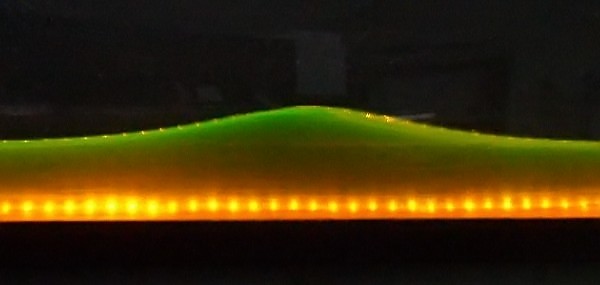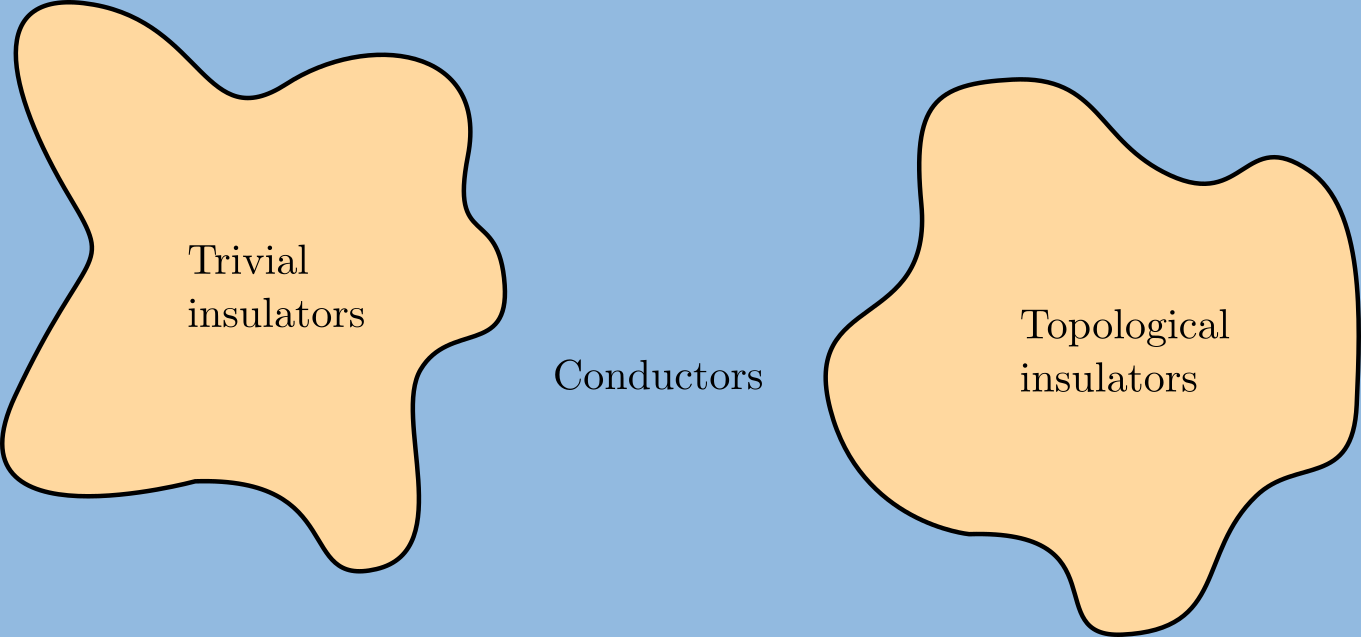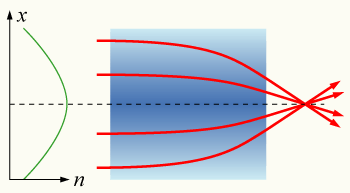|
Yuri Kivshar
Yuri S. Kivshar (born in Kharkiv, Ukrainian SSR, USSR), Australian Scientist of Ukrainian origin, distinguished professor, head of Nonlinear Physics Centre of The Australian National University (ANU) (Canberra, Australia) and research director oThe International Research Centre for Nanophotonics and Metamaterials(St. Petersburg, Russia), Australian Federation Fellow.Approved Fellows: Resident Australians Education Yuri Kivshar was born in Kharkov, (now , |
Ukrainian SSR
The Ukrainian Soviet Socialist Republic ( uk, Украї́нська Радя́нська Соціалісти́чна Респу́бліка, ; russian: Украи́нская Сове́тская Социалисти́ческая Респу́блика, group=note), abbreviated as the Ukrainian SSR, UkrSSR, or UkSSR, and also known as Soviet Ukraine, was one of the constituent republics of the Soviet Union from 1922 until 1991. In the anthem of the Ukrainian SSR, it was referred to simply as ''Ukraine''. Under the Soviet one-party model, the Ukrainian SSR was governed by the Communist Party of the Soviet Union through its republican branch: the Communist Party of Ukraine. The first iterations of the Ukrainian SSR were established during the Russian Revolution, particularly after the Bolshevik Revolution. The outbreak of the Ukrainian–Soviet War in the former Russian Empire saw the Bolsheviks defeat the independent Ukrainian People's Republic, after which they fou ... [...More Info...] [...Related Items...] OR: [Wikipedia] [Google] [Baidu] |
Nonlinear Optics
Nonlinear optics (NLO) is the branch of optics that describes the behaviour of light in ''nonlinear media'', that is, media in which the polarization density P responds non-linearly to the electric field E of the light. The non-linearity is typically observed only at very high light intensities (when the electric field of the light is >108 V/m and thus comparable to the atomic electric field of ~1011 V/m) such as those provided by lasers. Above the Schwinger limit, the vacuum itself is expected to become nonlinear. In nonlinear optics, the superposition principle no longer holds. History The first nonlinear optical effect to be predicted was two-photon absorption, by Maria Goeppert Mayer for her PhD in 1931, but it remained an unexplored theoretical curiosity until 1961 and the almost simultaneous observation of two-photon absorption at Bell Labs and the discovery of second-harmonic generation by Peter Franken ''et al.'' at University of Michigan, both shortly after the constru ... [...More Info...] [...Related Items...] OR: [Wikipedia] [Google] [Baidu] |
Thomas Ranken Lyle Medal
The Thomas Ranken Lyle Medal is awarded at most every two years by the Australian Academy of Science to a mathematician or physicist for his or her outstanding research accomplishments.Thomas Ranken Lyle Medal , , retrieved 2010-06-06. It is named after , an Irish who became a professor at the |
Harrie Massey Medal And Prize
The Institute of Physics awards numerous prizes to acknowledge contributions to physics research, education and applications. It also offers smaller specific subject-group prizes, such as for PhD thesis submissions. Bilateral awards * The Max Born Medal and Prize is awarded yearly by the German Physical Society and the Institute of Physics in memory of the German physicist Max Born. The prize recognizes "outstanding contributions to physics" and is awarded to physicists based in Germany and in the UK or Ireland in alternate years. * The Fernand Holweck Medal and Prize is awarded jointly by the French and British Physical Societies for distinguished work in any aspect of physics that is ongoing or has been carried out within the 10 years preceding the award. * The Harrie Massey Medal and Prize is awarded biennially jointly by the Institute of Physics and by The Australian Institute of Physics. * The Giuseppe Occhialini Medal and Prize is awarded to physicists in alternating years ... [...More Info...] [...Related Items...] OR: [Wikipedia] [Google] [Baidu] |
SPIE
SPIE (formerly the Society of Photographic Instrumentation Engineers, later the Society of Photo-Optical Instrumentation Engineers) is an international not-for-profit professional society for optics and photonics technology, founded in 1955. It organizes technical conferences, trade exhibitions, and continuing education programs for researchers and developers in the light-based fields of physics, including: optics, photonics, and imaging engineering. The society publishes peer-reviewed scientific journals, conference proceedings, monographs, tutorial texts, field guides, and reference volumes in print and online. SPIE is especially well-known for Photonics West, one of the laser and photonics industry's largest combined conferences and tradeshows which is held annually in San Francisco. SPIE also participates as partners in leading educational initiatives, and in 2020, for example, provided more than $5.8 million in support of optics education and outreach programs around the ... [...More Info...] [...Related Items...] OR: [Wikipedia] [Google] [Baidu] |
Stefanos Pnevmatikos International Award
The Stefanos Pnevmatikos International Award is an award of the Foundation for Research & Technology – Hellas (FORTH) that was founded in 1991 and first awarded in 1992. It is named in honor of Stefanos Pnevmatikos, a researcher of nonlinear physics. The award is presented every two years to young researchers of nonlinear physics, mathematical physics, or nonlinear disordered systems. The award is coordinated by the University of Crete Department of Physics and is sponsored by the Foundation for Research & Technology – Hellas. The committee is headed by George P. Tsironis and includes Alan R. Bishop, Michel Peyrard, Serge Aubry, David Kelly Campbell, Vladimir E. Zakharov, and formerly included Arnold Kosevich and Alwyn Scott. The award has been suspended due to the Greek government-debt crisis. Recipients The award has been given to the following people. *2008: Panayotis G. Kevrekidis *2006: Tsampikos Kottos *2004: Peter Hamm *2002: Sergej Flach *2000: Raymond E. Goldstein * ... [...More Info...] [...Related Items...] OR: [Wikipedia] [Google] [Baidu] |
H-index
The ''h''-index is an author-level metric that measures both the productivity and citation impact of the publications, initially used for an individual scientist or scholar. The ''h''-index correlates with obvious success indicators such as winning the Nobel Prize, being accepted for research fellowships and holding positions at top universities. The index is based on the set of the scientist's most cited papers and the number of citations that they have received in other publications. The index has more recently been applied to the productivity and impact of a scholarly journal as well as a group of scientists, such as a department or university or country. The index was suggested in 2005 by Jorge E. Hirsch, a physicist at UC San Diego, as a tool for determining theoretical physicists' relative quality and is sometimes called the Hirsch index or Hirsch number. Definition and purpose The ''h''-index is defined as the maximum value of ''h'' such that the given author/journa ... [...More Info...] [...Related Items...] OR: [Wikipedia] [Google] [Baidu] |
Saint Petersburg State University Of Information Technologies, Mechanics And Optics
ITMO University (russian: Университет ИТМО) is a state-supported university in Saint Petersburg and is one of Russia's National Research Universities. ITMO University is one of 15 Russian universities that were selected to participate in Russian Academic Excellence ''Project 5-100'' by the government of the Russian Federation to improve their international standing among the world's research and educational centers. In 2022, the university was ranked #365 in the world by QS World University Rankings, and #601 by World University Rankings by ''Times Higher Education''. In 2021, it was ranked #718 in the world by Best Global Universities Rankings by '' U.S. News & World Report'', and #901 by Academic Ranking of World Universities by Shanghai Jiao Tong University. Research priorities of ITMO University are concentrated in information and photonic technologies. The university consists of four main schools, 14 faculties, and a number of institutes and research center ... [...More Info...] [...Related Items...] OR: [Wikipedia] [Google] [Baidu] |
Soliton
In mathematics and physics, a soliton or solitary wave is a self-reinforcing wave packet that maintains its shape while it propagates at a constant velocity. Solitons are caused by a cancellation of nonlinear and dispersive effects in the medium. (Dispersive effects are a property of certain systems where the speed of a wave depends on its frequency.) Solitons are the solutions of a widespread class of weakly nonlinear dispersive partial differential equations describing physical systems. The soliton phenomenon was first described in 1834 by John Scott Russell (1808–1882) who observed a solitary wave in the Union Canal in Scotland. He reproduced the phenomenon in a wave tank and named it the "Wave of Translation". Definition A single, consensus definition of a soliton is difficult to find. ascribe three properties to solitons: # They are of permanent form; # They are localized within a region; # They can interact with other solitons, and emerge from the collision unchanged, e ... [...More Info...] [...Related Items...] OR: [Wikipedia] [Google] [Baidu] |
Topological Insulator
A topological insulator is a material whose interior behaves as an electrical insulator while its surface behaves as an electrical conductor, meaning that electrons can only move along the surface of the material. A topological insulator is an insulator for the same reason a "trivial" (ordinary) insulator is: there exists an energy gap between the valence and conduction bands of the material. But in a topological insulator, these bands are, in an informal sense, "twisted", relative to a trivial insulator. The topological insulator cannot be continuously transformed into a trivial one without untwisting the bands, which closes the band gap and creates a conducting state. Thus, due to the continuity of the underlying field, the border of a topological insulator with a trivial insulator (including vacuum, which is topologically trivial) is forced to support a conducting state. Since this results from a global property of the topological insulator's band structure, local (symmetry- ... [...More Info...] [...Related Items...] OR: [Wikipedia] [Google] [Baidu] |
Nantenna
An optical rectenna is a rectenna (rectifying antenna) that works with visible or infrared light. A rectenna is a circuit containing an antenna and a diode, which turns electromagnetic waves into direct current electricity. While rectennas have long been used for radio waves or microwaves, an optical rectenna would operate the same way but with infrared or visible light, turning it into electricity. While traditional (radio- and microwave) rectennas are fundamentally similar to optical rectennas, it is vastly more challenging in practice to make an optical rectenna. One challenge is that light has such a high frequency—hundreds of terahertz for visible light—that only a few types of specialized diodes can switch quickly enough to rectify it. Another challenge is that antennas tend to be a similar size to a wavelength, so a very tiny optical antenna requires a challenging nanotechnology fabrication process. A third challenge is that, being very small, an optical antenna typica ... [...More Info...] [...Related Items...] OR: [Wikipedia] [Google] [Baidu] |
Self-focusing
Self-focusing is a nonlinear optics, non-linear optical process induced by the change in refractive index of materials exposed to intense electromagnetic radiation. A medium whose refractive index increases with the electric field intensity acts as a focusing lens for an electromagnetic wave characterized by an initial transverse intensity gradient, as in a laser beam. The peak intensity of the self-focused region keeps increasing as the wave travels through the medium, until defocusing effects or medium damage interrupt this process. Self-focusing of light was discovered by Gurgen Askaryan. Self-focusing is often observed when radiation generated by femtosecond lasers propagates through many solids, liquids and gases. Depending on the type of material and on the intensity of the radiation, several mechanisms produce variations in the refractive index which result in self-focusing: the main cases are Kerr-induced self-focusing and plasma self-focusing. Kerr-induced self-focusing ... [...More Info...] [...Related Items...] OR: [Wikipedia] [Google] [Baidu] |





